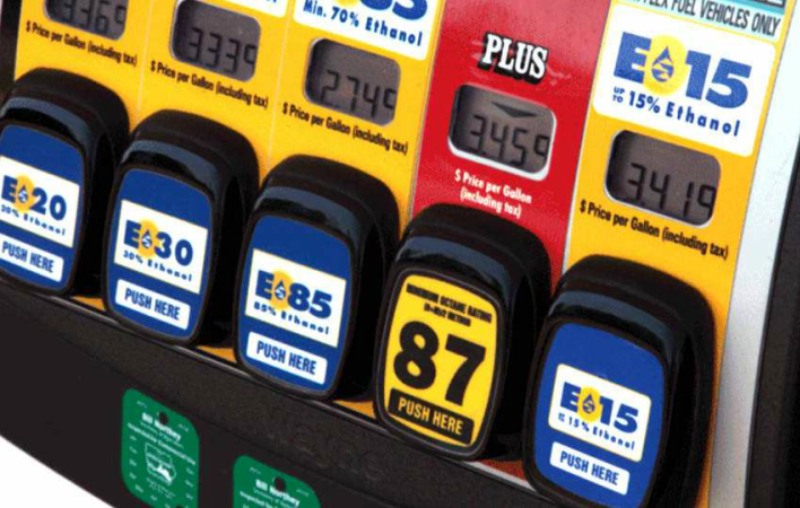E15 Gasoline: The Facts

Bigger E numbers means bigger problems.
In the event that you missed it, President Biden announced a plan to suspend a ban on summertime sales of higher-ethanol gasoline blends. The Environmental Protection Agency will issue a waiver that will allow sale of E15 (15% ethanol between June 1 and Sept. 15.
How does this affect us? Not well, unfortunately. Ethanol is not good for any gasoline engine but its negative effects are even more dramatic on small engines. We dug around and couldn’t find a single OEM recommendation of anything higher than E10 – and even that comes with many warnings.
So what makes ethanol blends so undesirable? A few things – but where small engines are concerned, the greatest of these is alcohol’s tendency to dry out and crack rubber seals. Our engines rely on rubber fuel lines, have rubber floats, diaphragms and other carb internals. The more alcohol in our blend, the quicker this process takes place.
Additionally it’s highly corrosive, especially when it comes in contact with metals like aluminum and zinc.
Like brake fluid, it’s hygroscopic – meaning it begins absorbing water from the air and surrounding fluids at all times. This is why it does not store well. As it sits in a can or the gas tank, it is continually drawing in water, lessening the octane rating.
So what can we do about it?
The simplest fix is to avoid it whenever possible. It simply isn’t good for engines like those on our ATVs and Side-by-Sides, lawnmowers and chainsaws. Often stations will offer a less potent blend for an upcharge of course. It’s tough to swallow in these days of unprecedented high fuel costs but in the long run, it’s still a lot cheaper than damaging your machine’s engine or fuel system.

If you have no choice but to run E15, we’d strongly recommend picking up and using enzyme treatment – which works as a counteragent to the alcohol, helping to keep water from forming into pools within the fuel supply while introducing lubricants to counteract E10 (and E15’s) rubber-drying effect.
Are There Any Upsides to Ethanol?
Honestly, no. Ethanol is less volatile than gasoline, which means more of it is required to travel the same distance as pure gasoline. It also has higher evaporative emissions from fuel tanks and dispensing equipment. These evaporative emissions contribute to the formation of harmful, ground-level ozone and smog. – This was taken from the government’s own site (https://www.eia.gov/).
